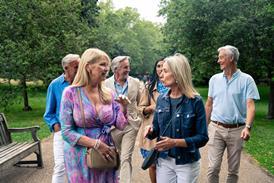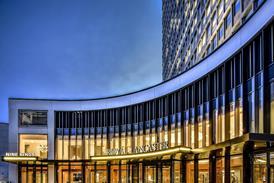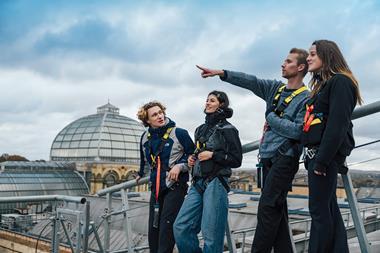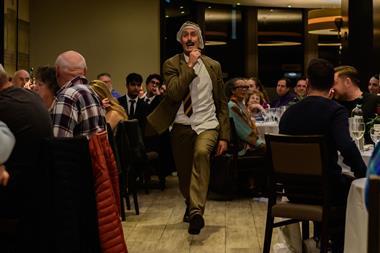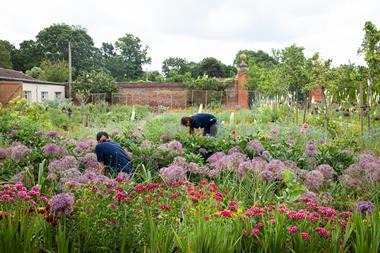The Museum of Royal Worcester has introduced new group experiences including flower demonstrations, entertaining factory tours and exclusive painting sessions with original porcelain artists.
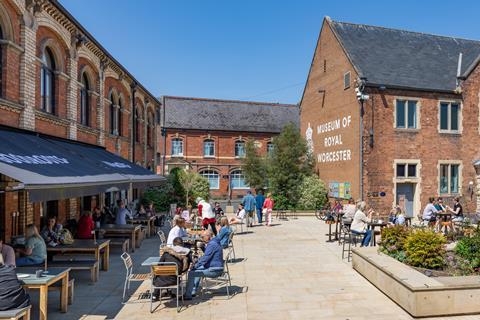
Located by the regenerated Royal Porcelain Works factory site in Worcester, the museum tells 275 years of creativity, heritage and craftsmanship through the largest collection of Worcester porcelain in the world.
Talks, tours and workshops for groups
Factory Life at ‘The Porcelain’: an entertaining and interactive talk and tour that brings to life the factory’s history through worker’s personal stories, sound recordings and handling objects.
Be a Royal Worcester Artist: a relaxed, exclusive painting experience led by original porcelain factory artist, Jim Skerrett. Participants create their own painted English scene on tile or canvas, while enjoying stories of factory life over tea and cake served on Royal Worcester.
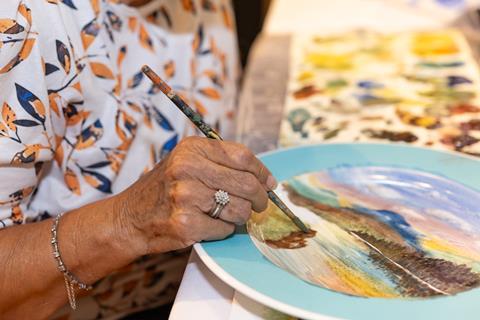
Flower-Modelling Demonstration: meet Royal Worcester’s original porcelain flower-maker, Avril Pulley, and watch her recreate intricate flowers while sharing extraordinary tales of factory life and royal visits.
Pottery painting in the footsteps of ‘The Porcelain’: hands-on creativity in the Paint-Your-Own-Pottery Studio, surrounded by world-class design inspiration, groups can choose from a wide range of ceramic shapes to paint their own unique design. Finished pieces are glazed and fired for collection or posting.
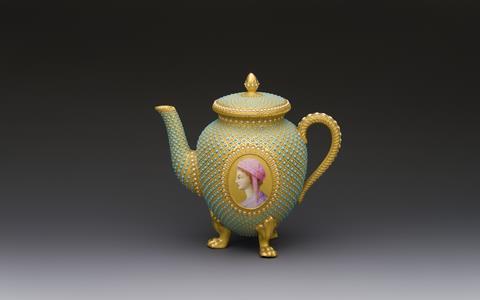
Other higlights of a group trip to the Museum of Royal Worcester
The museum looks after more than 8,000 ceramic objects as well as a unique factory and design archive.
Groups can look out for items in the archive such as Admiral Lord Nelson’s breakfast teapot, the exquisite 1865 Earl-of-Dudley tea service and items from the famous Painted Fruit and Evesham pattern collections.
Visitors will find out more about the lives of the skilled makers, designers and gilders who brought Worcester porcelain to life, and the celebrity customers who treasured it.
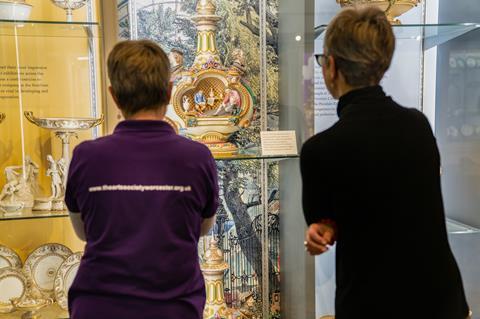
Before the 18th century, porcelain was only made in the Far East. It seems that around 1750 Dr John Wall and the apothecary William Davis carried out some experiments at Davis’s shop in Broad Street, Worcester and discovered a method of making a porcelain type material. They then persuaded a group of 13 local businessmen to back their discovery with investment in a new factory.
For information about group visits, head to www.museumofroyalworcester.org/groups, call 01905 21247 or email info@museumofroyalworcester.org

